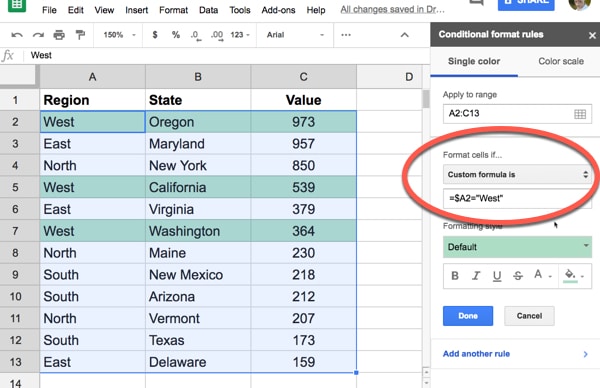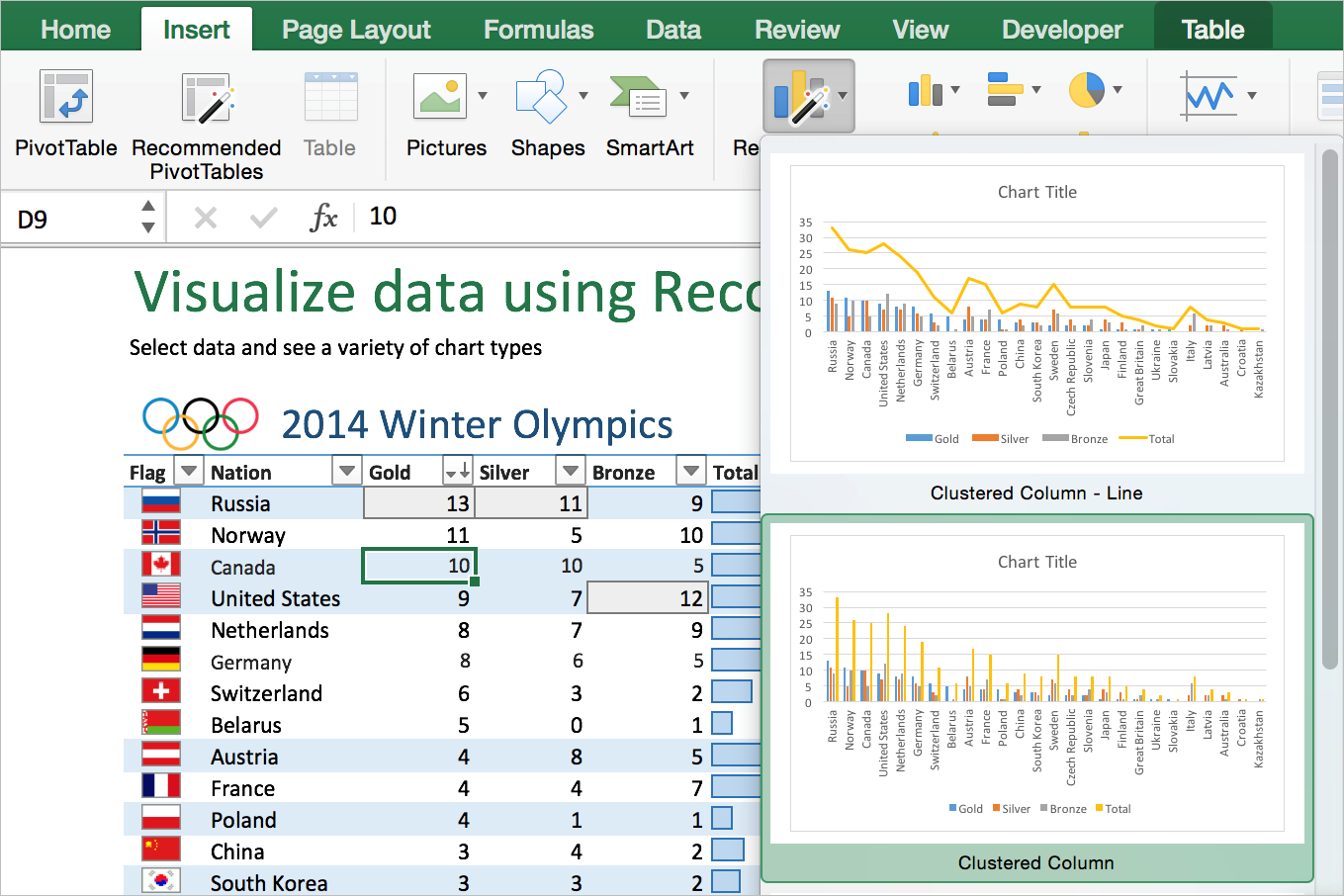
Sometimes you want to make a reference to certain worksheets dynamically using the Excel indirect function. For example if you have data in the same format split over multiple worksheets and you want to select data from different sheets dynamically.
In this case, you can use the INDIRECT() function, which is available in both Excel and Google Spreadsheets. I'll show you how to use it by running through a quick example.

- Firstly you need to select on sheets. To do this, click on the first tab (sheet) and then go on to the last tab while pressing Shift + Left click. All sheets should then be selected. You can then type a function for a specific column, for example E3 and validate this function. It will then be applied to all cells in E3 on all sheets. Image: © 123RF.com.
- Excel 2019 has functions that let you retrieve and consolidate data across multiple sheets and multiple workbooks. These features let you calculate data in different workbooks and worksheets without the need to copy and paste data to the same location. Connecting to Another Workbook.
- To make it easier, say you go to your end sheet, type =.then your function. and choose the first sheet and choose cell, say, B1. Then you press and hold shift, and press your end sheet. It should end up looking like (using AVERAGE) EX: =AVERAGE(Worksheet1:Worksheet5!b1).

INDIRECT():Returns the reference specified by a text string. References are immediately evaluated to display their contents.
Using Indirect() to dynamically refer to a worksheet
In the following example we want to look at the revenues of a specific product by dynamically referring to the data sheet of each product.
In order to do that, follow these steps. In Sheet2 type an equal symbol (=) into a cell. Go to the other tab ( Sheet1) and click the cell that you want to link to. Press Enter to complete the formula. Now, if you click on the cell in Sheet2, you'll see that Excel writes the path for you in the formula bar. To do so, click on the cell where you want your formula to go, and then click the 'Insert' button in the toolbar, which looks like a plus button with a box around it. As you can see above, you can.
We have a sheet Revenues in which we want to see the revenue for a specific product. Next, we have two sheets with sales and revenue data for two product: Product1 and Product2.
We want sheet Revenues to show the revenues of one specific product and to be able to update the numbers dynamically when we change cell D1.
Unfortunately we can't use a reference to D1 to specify the sheet we want in our VLOOKUP() function like this: Office for mac keeps asking for password.
For this to work, we have to use the INDIRECT() function. It allows us to use the value of cell D1 for creating a dynamic VLOOKUP referring to ranges on multiple sheets.

Sometimes you want to make a reference to certain worksheets dynamically using the Excel indirect function. For example if you have data in the same format split over multiple worksheets and you want to select data from different sheets dynamically.
In this case, you can use the INDIRECT() function, which is available in both Excel and Google Spreadsheets. I'll show you how to use it by running through a quick example.
- Firstly you need to select on sheets. To do this, click on the first tab (sheet) and then go on to the last tab while pressing Shift + Left click. All sheets should then be selected. You can then type a function for a specific column, for example E3 and validate this function. It will then be applied to all cells in E3 on all sheets. Image: © 123RF.com.
- Excel 2019 has functions that let you retrieve and consolidate data across multiple sheets and multiple workbooks. These features let you calculate data in different workbooks and worksheets without the need to copy and paste data to the same location. Connecting to Another Workbook.
- To make it easier, say you go to your end sheet, type =.then your function. and choose the first sheet and choose cell, say, B1. Then you press and hold shift, and press your end sheet. It should end up looking like (using AVERAGE) EX: =AVERAGE(Worksheet1:Worksheet5!b1).
INDIRECT():Returns the reference specified by a text string. References are immediately evaluated to display their contents.
Using Indirect() to dynamically refer to a worksheet
In the following example we want to look at the revenues of a specific product by dynamically referring to the data sheet of each product.
In order to do that, follow these steps. In Sheet2 type an equal symbol (=) into a cell. Go to the other tab ( Sheet1) and click the cell that you want to link to. Press Enter to complete the formula. Now, if you click on the cell in Sheet2, you'll see that Excel writes the path for you in the formula bar. To do so, click on the cell where you want your formula to go, and then click the 'Insert' button in the toolbar, which looks like a plus button with a box around it. As you can see above, you can.
We have a sheet Revenues in which we want to see the revenue for a specific product. Next, we have two sheets with sales and revenue data for two product: Product1 and Product2.
We want sheet Revenues to show the revenues of one specific product and to be able to update the numbers dynamically when we change cell D1.
Unfortunately we can't use a reference to D1 to specify the sheet we want in our VLOOKUP() function like this: Office for mac keeps asking for password.
For this to work, we have to use the INDIRECT() function. It allows us to use the value of cell D1 for creating a dynamic VLOOKUP referring to ranges on multiple sheets.
Now you can change cell D1 to 'Product2' and the revenue numbers will dynamically update and get the numbers from the second worksheet.
Indirect() in Excel
So to recap, you can use INDIRECT() to refer to multiple worksheets variably like this:
=INDIRECT(''&D1&'!'&'A3:D6')
Indirect() in Google Spreadsheets
You can use INDIRECT() in Google Spreadsheets in a similar way:
Football manager for mac torrent. =INDIRECT(CONCATENATE(D1,'!A3:D6')
As always, let me know in the comments whether this approach worked or if you have any questions!
